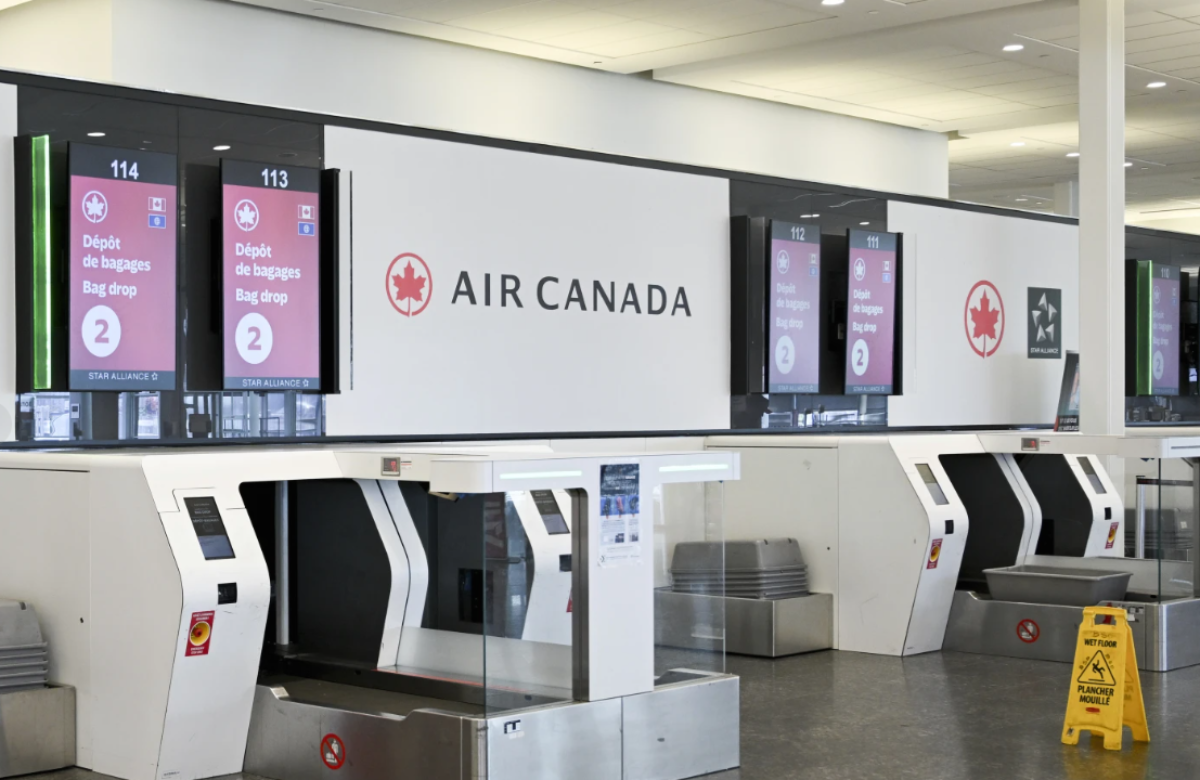Walgreens announced on Tuesday that it will close 1,200 stores over the next three years as part of a strategy to downsize due to declining sales and shifting consumer habits. The company plans to shut down 500 locations within the next year, noting that around 25% of its 8,700 U.S. stores are currently unprofitable.
This decision was revealed alongside Walgreens’ fiscal fourth-quarter and full-year earnings report, which exceeded Wall Street’s expectations. CEO Tim Wentworth acknowledged that the company is undergoing a “turnaround” process that will require time but is expected to bring significant financial and consumer benefits in the long run.
In June, Walgreens had indicated plans to close a “significant” number of underperforming stores by 2027, and this latest announcement provides a specific figure for the closures. Both Walgreens and its competitor CVS are navigating a challenging market environment as they strive for profitability amid changing consumer behaviors.
In 2021, CVS announced plans to close around 900 stores, or roughly 10% of its U.S. locations, between 2022 and 2024. Meanwhile, Rite Aid has recently emerged from bankruptcy and will now operate as a privately held company.
Pharmacy chains are facing challenges partly due to changes in the prescription drug market, such as reduced reimbursements from pharmacy benefit managers (PBMs). These third-party companies handle prescription drug benefits for health insurers and have faced criticism for allegedly inflating drug prices. As a result, they are currently under scrutiny from various legislative and regulatory initiatives.
This situation has led to an increase in “pharmacy deserts” across the United States, where access to pharmacies is limited. Neil Saunders, Global Data’s retail managing director, noted in August that the retail pharmacy industry is undergoing a period of reflection to determine the best way to meet consumer needs.

Challenges and Changes in the Drugstore Industry
Drugstore chains are facing significant challenges, leading to a wave of closures. Major players like CVS and Rite Aid have experienced declining profits from prescription fills, primarily due to lower reimbursement rates and increased competition from Amazon.
Recently, CVS revealed plans to eliminate about 2,900 jobs as part of a $2 billion cost-saving initiative. These layoffs mainly target corporate positions and add to approximately 5,000 job cuts announced last year.
Drugstores are feeling the heat from larger competitors like Target and the expansion of Dollar General, particularly in rural areas. In response to rising inflation and consumer concerns about high prices, Walgreens recently cut prices on over 1,000 products. CEO Wentworth acknowledged that while the company’s turnaround will take time, he believes it will ultimately bring significant benefits for both finances and consumers. Analyst Saunders noted that while cutting unnecessary operations could improve Walgreens’ financial health in the long run, it also highlights a significant admission of past shortcomings.














